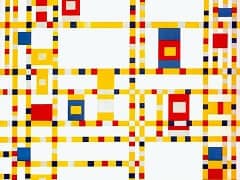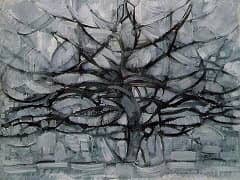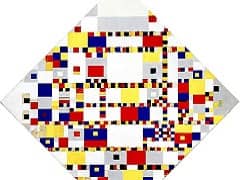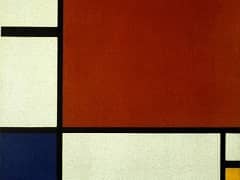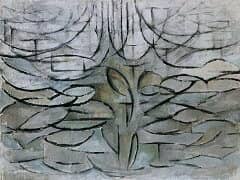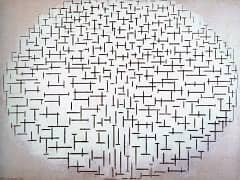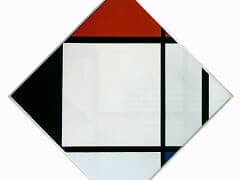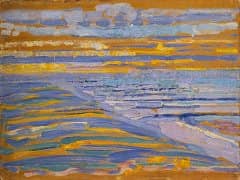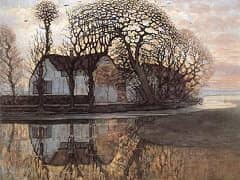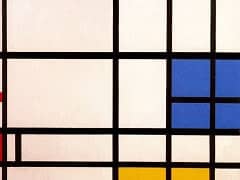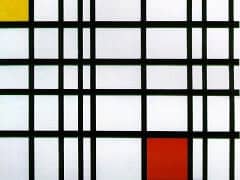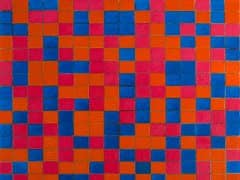Dune V, 1909 by Piet Mondrian
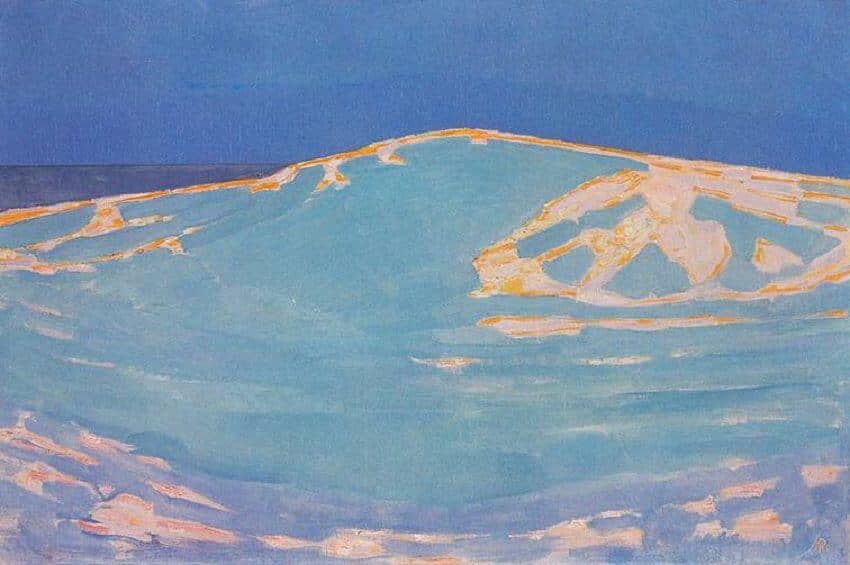
In Dune V, too, we can trace the change in theme back to an earlier period, probably as far as the year of Mondrian's first visit to Zeeland in 1908. In all probability that year is the date of a drawing, one of a series, with a view of the dunes and the sea, although the theme is not so precisely conceived as in the painting reproduced here. The motif of this canvas has a marked similarity to Dune II, the pointillist painting of 1909, which in turn is aligned with the pointillist version of the Lighthouse at Westkapelle. In Dune II there occur the same slope and the same undulating foreground that are worked out so characteristically in Dune V. And in both pictures the composition, with its typical asymmetry, accentuates the similarity.
Both Dune II and Dune V quite clearly expresses the feeling that the infinitude of nature and the grandeur of Creation are most adequately rendered by the simplest of forms and colors. The esoteric content of these paintings, their expression of a cosmic world view, is in evident concordance with the theosophical insights and meditations that preoccupied Mondrian during these years.

